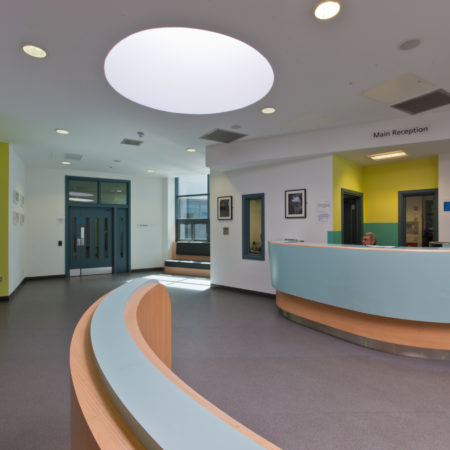Rethinking Healthcare Estates for the Immediate and Long Term
Covid-19 has changed many people’s attitudes to their own health and wellbeing. It is also transforming the vision of what our healthcare estate should look like if it is to deliver more flexibility and resilience and support the population to take better care of themselves.
The need for extra capacity is a given and there’s funding approved to provide it. But there’s still a debate over what types of facilities are needed and in which locations. A decentralised healthcare model has many advantages. It takes pressure off main hospitals and allows them to focus on the specialised services only they can provide.
Expansion of community healthcare also brings services closer to the people. This should encourage more of us to take advantage of advisory and support services to improve our health and wellbeing. Community-based services should also reduce car journeys and help with the move towards zero carbon healthcare.
Flexibility is Essential
Predicting future healthcare needs can never be a precise science – Covid-19 has taught us that. Flexibility must be a core requirement for new facilities so that they can respond to changing healthcare needs and support a range of community uses.
The optimum solution will be determined by local needs and contexts. Local authorities, for example, will be eager to explore how vacant retail premises can be repurposed to bring health and wellbeing right into our town centres. Other solutions will involve expanding GP surgeries or building new health centres in the hearts of the communities they serve.
With such a diverse range of needs to be met, there’s a risk that planning and budgeting could become hard to control. But new technology brings a multitude of opportunities. Modern Methods of Construction (MMC), for example, allow us to blend flexibility with standardised building elements to control costs.
Collaborative tools and BIM mean that we have the means to bring the right expertise together at the start of each project to agree on methods, information sharing and to iron out any potential technical issues. The process from design to handover can be made fully accountable and seamless.
Rethinking healthcare estates is a major challenge. The more the process can be digitally enabled and automated the easier these challenges will be to overcome. The result will be better outcomes for healthcare providers and the people they serve.

